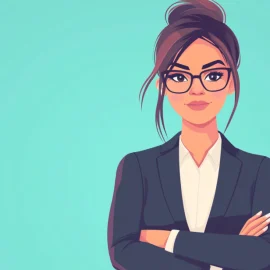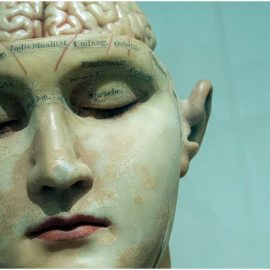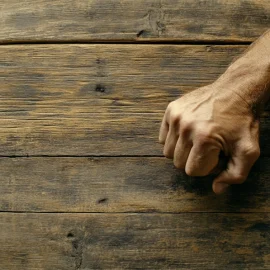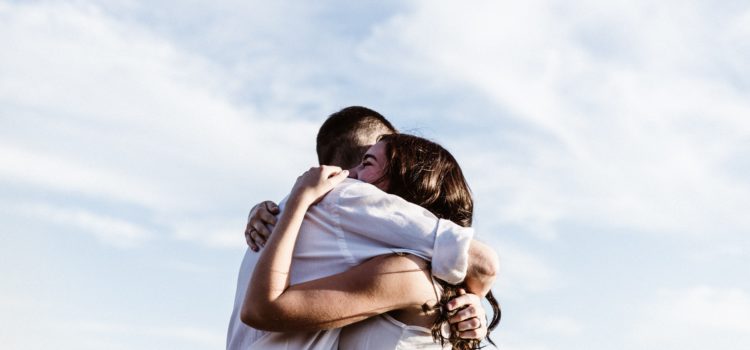
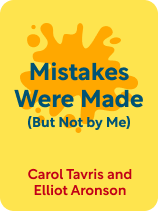
This article is an excerpt from the Shortform book guide to "Mistakes Were Made (But Not by Me)" by Carol Tavris and Elliot Aronson. Shortform has the world's best summaries and analyses of books you should be reading.
Like this article? Sign up for a free trial here.
Have you made a big mistake? How do you take accountability for your actions?
We’re all human, so we make mistakes from time to time. But it’s important that we take accountability, rather than shifting the blame elsewhere.
Learn how to take accountability for your actions, according to Carol Tavris and Elliot Aronson’s book Mistakes Were Made (But Not by Me).
How to Break the Cycle of Self-Justification
Though self-justification is an inherent part of our psychological makeup, Tavris and Aronson assert that we don’t have to let it control us. Here we’ll discuss how to take accountability for your actions and break the cycle of self-justification.
Step #1: Accept Discomfort and Acknowledge Your Mistakes
To begin taking accountability, the authors state that you have to accept the pain that comes with your mistakes and faults. By accepting uncomfortable dissonance instead of avoiding it, you can determine where you erred and how to fix it.
(Shortform note: Many of us do all we can to avoid discomfort (including the psychological discomfort of cognitive dissonance), but being occasionally uncomfortable is an important part of personal growth. To increase your discomfort tolerance, incorporate new experiences that initially feel uncomfortable into your life (like trying a new type of food or traveling to a new city). Additionally, put yourself in more social situations and accept that the risk of discomfort and rejection is inevitable. Practice conversing with different types of people, going to different settings, and trying to make some friends. Taking small social risks will help you grow and evolve.)
Hiding from a mistake, or justifying your way out of it, won’t make it go away; in reality, errors are often harder to fix the longer you avoid them. Take responsibility instead of spending intellectual effort justifying your mistakes. This will lessen their burden. (Shortform note: One way to become more comfortable confronting mistakes instead of hiding from them is to separate them from your self-worth. Address the error you made as a problem to be solved, not as a reflection of your character or value as a person.)
Additionally, admitting your mistakes builds trust with others—we respect people who are willing to own up and use their missteps as opportunities for learning and growth.
(Shortform note: Admitting mistakes to foster trust with others is especially important if you’re in a leadership position. In No Rules Rules, Reed Hastings argues that leaders of a company should own up to mistakes because it encourages employees to take risks despite the possibility of failure. There’s a caveat, however—this will only work if your employees already trust and respect you. If they hold a low opinion of your competence, discussing your mistakes will only worsen their opinion of you.)
Step #2: Understand Your Personal Biases
Often, automatic self-justification leaves you unaware that you did anything wrong, making it difficult to take responsibility. According to the authors, breaking this cycle involves actively cultivating your awareness of these psychological patterns in your behavior. Research shows that people who understand and identify their biases have more control over them. If you can identify moments when you start self-justifying bad behavior, you can stop the pattern of thinking before it leads to further poor actions. To do this, assess your behavior and decisions critically. Instead of acting based on biases or emotions, take time to reflect and consider your motivations before you act.
Using Mindfulness to Reduce Bias
You can start to increase your understanding of your biases and reflect on your behavior patterns through regular mindfulness practice. Mindfulness helps you cultivate conscious awareness of yourself and the world around you, encouraging non-judgmental observation and a commitment to regular introspection. This introspection may make identifying your personal biases and behavioral patterns easier as you get to know yourself better.
1) Practice being aware of your emotions. Negative emotions that we often shy away from—like judgment, apathy, and fear—can be important indicators of biased thoughts and impulses.
2) Separate your sense of self from negative thought patterns. Mindfulness involves de-centering from thoughts and emotions and recognizing that they don’t always represent the truth. When you recognize that your biased thoughts are temporary and not necessarily a reflection of who you are, you can more objectively examine them.
3) Use a loving-kindness meditation. The Buddhist practice of loving-kindness involves wishing yourself, your loved ones, your enemies, and finally the whole world well. This meditation increases feelings of connectedness, and research shows that it substantially decreases unconscious bias toward marginalized groups.

———End of Preview———
Like what you just read? Read the rest of the world's best book summary and analysis of Carol Tavris and Elliot Aronson's "Mistakes Were Made (But Not by Me)" at Shortform.
Here's what you'll find in our full Mistakes Were Made (But Not by Me) summary:
- Why we feel discomfort when we act in a way that doesn't align with our values
- How patterns of self-justification can cause our beliefs to diverge sharply from other people’s
- How we can break the cycle of self-justification and hold ourselves accountable

